求 超级马里奥的英文介绍
Mario, a beloved facet of the gaming industry, is a character who eats mushrooms, grows, and serves as a global superstar. Characterized by his large nose, hat, braces, overalls, and sometimes a beard, he's been a companion to his twin brother Luigi for many years as a pivotal role in Nintendo's Super Mario franchise.
Biography highlights Mario's early days as "Ma ri Io" in English, translated into Chinese as "Mario, PS, Maria, Marlee, Mario, Mario, Mario, Mario, Mario, Ma Liao" (also known as Mario Bros in Hong Kong). The official translation is Mario. Mario's fame began with the arcade game "King Kong" (1981), followed by "Mario Brothers" (1983) and "Super Mario Brothers" (1985). His role is renowned for his superior motor skills and bravery, engaging in combat against powerful enemies. Mario's high visibility makes him Japan's national gaming character, despite his name being less known in other countries.
Mario's appearance, though changing, can be traced back to the Nintendo All-Star Smash Bros. collection, revealing he is over 26 years old. His flexible and robust posture suggests a deep understanding of his gameplay. Mario's debut was in the 1981 arcade game "Donkey Kong," where he was initially named "Mr. Electronic Game" due to his jumping and similar actions that hinted at his role.
The French film "Terrorist Payout" (1953) featured a hero named Mario, hinting at his origins, though not as a gaming character. Mario's full name and birthdate were never officially disclosed. However, knowing he and Luigi debuted in "Mario Brothers" and "Super Mario Brothers" games, it's likely his full name is Mario Mario. The live-action film adaptation further confirmed this, with Mario and Luigi's full names clearly displayed as "Mario Mario" and "Luigi Mario."
Mario is known for his overalls, large nose, beard, hat, and other distinctive features, which differ significantly from his heroic image. With a bit of extra body fat, he could resemble a middle-aged uncle in convenience stores. However, his personality and intimacy deeply connect with players, solidifying his status as a gaming icon.
Shigeru Miyamoto, Mario's creator, aimed to make his character "like a token appearance, clearly showing action in simple, colorful ways." This design philosophy emphasized the function of the hardware rather than being limited by precision screen performance. Understanding Mario's movement capabilities through his overall costume design showcased a remarkable arm swing. Facial designs, though meticulously crafted, could not fully convey his iconic features. Mario's focus was on his nose, beard, hat, and limited color combinations in clothing, such as blue overalls with a red T-shirt in "Super Mario Brothers."
Mario's debut in "Donkey Kong Jr." in 1983 marked the start of his character's evolution. His appearance in subsequent games, such as "Tennis" and "Punch Out," as well as his role as a referee, further developed his character. Mario's name first appeared in the title game in "Super Mario Brothers," marking the beginning of his journey as a game protagonist.
Mario's career took off by 1985, with his role as the star of "Super Mario Brothers" games. The character's evolution from basic foot movement systems to larger bodies, fireball systems, and others transformed him into a true action hero. After consuming mushrooms, his body swelled with powerful systems, causing a strong shock. He became the darling of gamers worldwide, eventually occupying the throne of gaming stars.
Mario's influence extends beyond gaming, as he has made a mark in the film industry. The 1986 Japanese animated film "Super Mario Princess Peach Rescuing Great Battle" was a hit, and the 1993 Hollywood production "Super Mario Devil Realm Goddess" featured a live-action version and a large exhibition. Mario's role in the most realistic film of Mario fans is truly collectible.
Mario's lasting presence in gaming culture is evident in its sequels across generations, with sales soaring after each release. Nintendo's new games are always named "Mario," and the trend continues. Mario's history is long, yet his appearance has changed little, even in 3D. His traditional attire in overalls, hat, beard, and shirt remains iconic. Mario's legacy and fan loyalty reflect his "longevity" and popularity, making him a symbol of gaming culture.
Despite his origins in "Donkey Kong," Mario's success in gaming has seen him evolve into a character beloved by gamers worldwide. His rivalry with Sega's Sonic in the early 1990s is a testament to his enduring popularity. Mario's impact is not limited to gaming; he has influenced the film industry and continues to be a symbol of gaming culture, inspiring fans and gamers alike.
版权声明:本文由上海权中高网络科技有限公司原创或收集发布,如需转载请注明出处。

